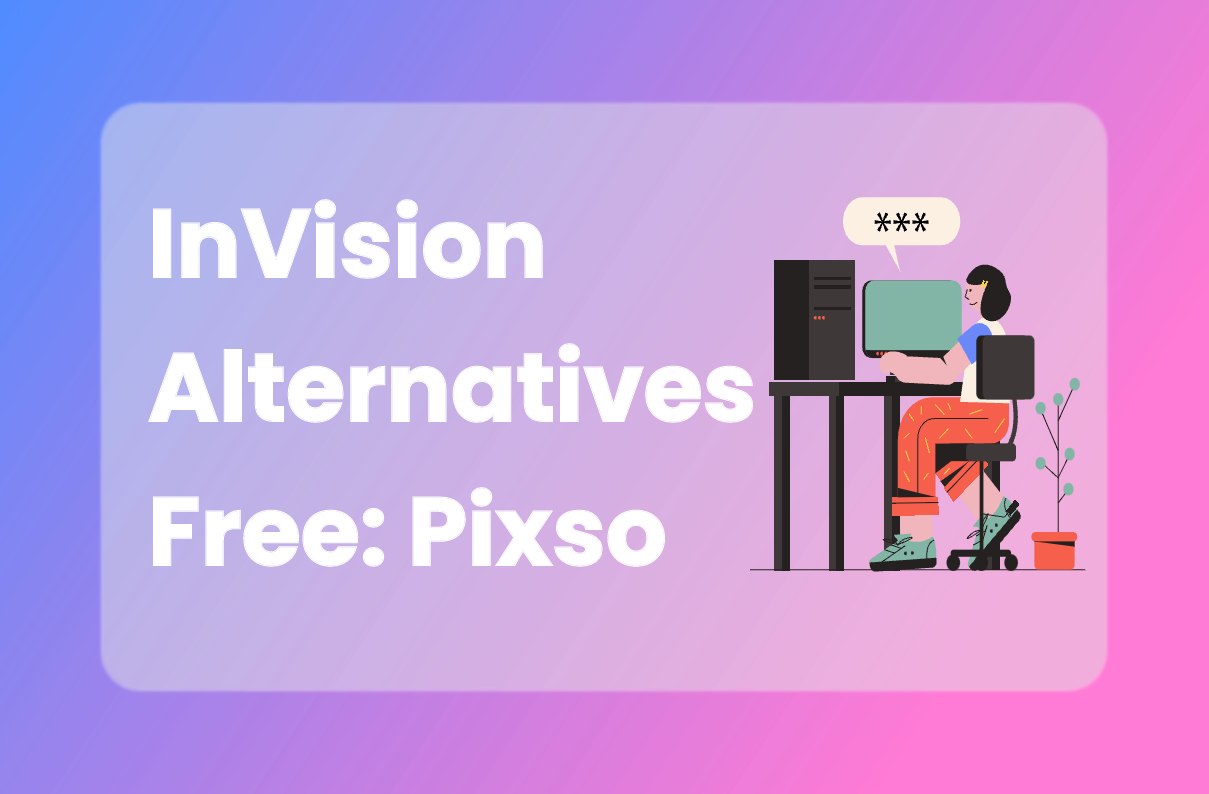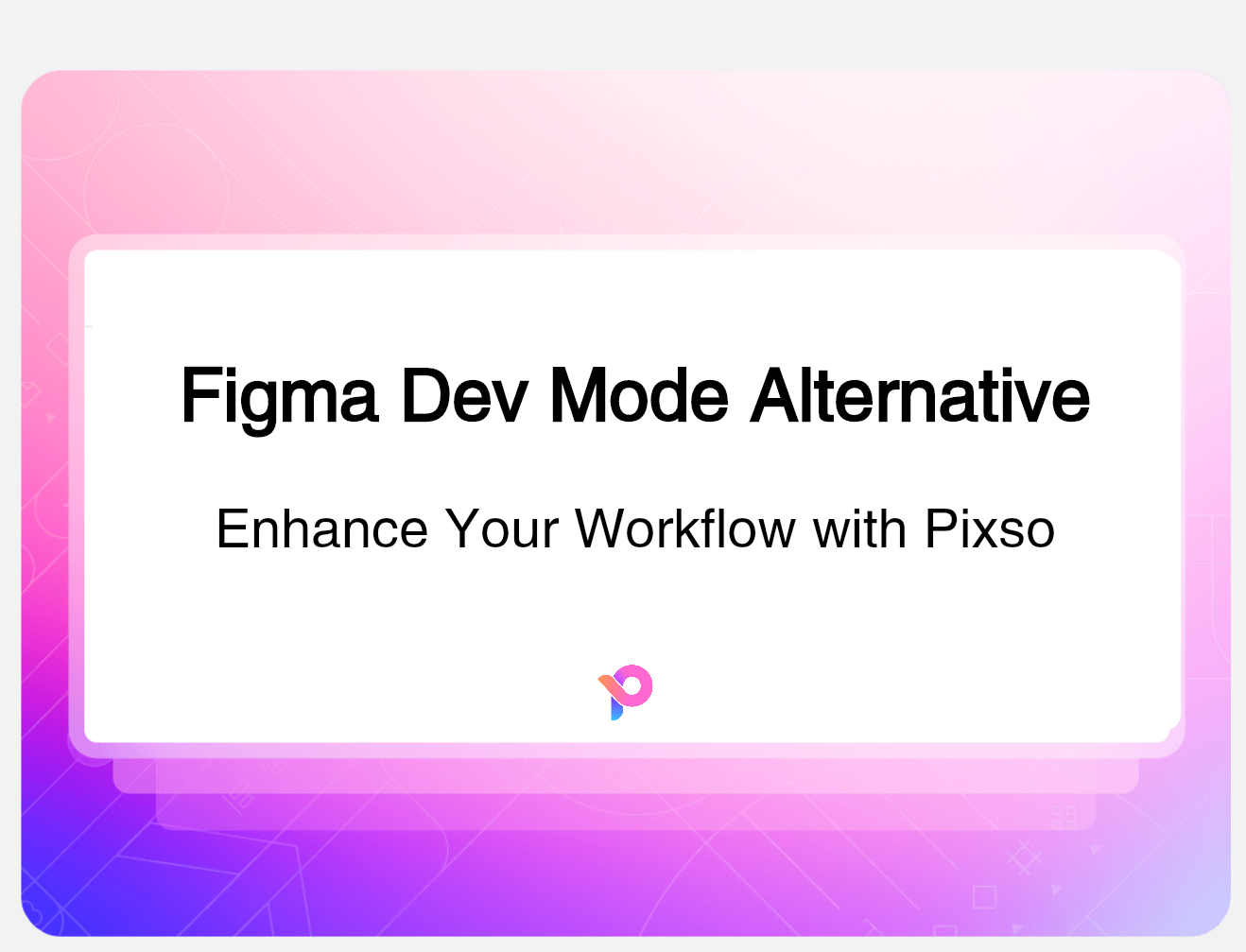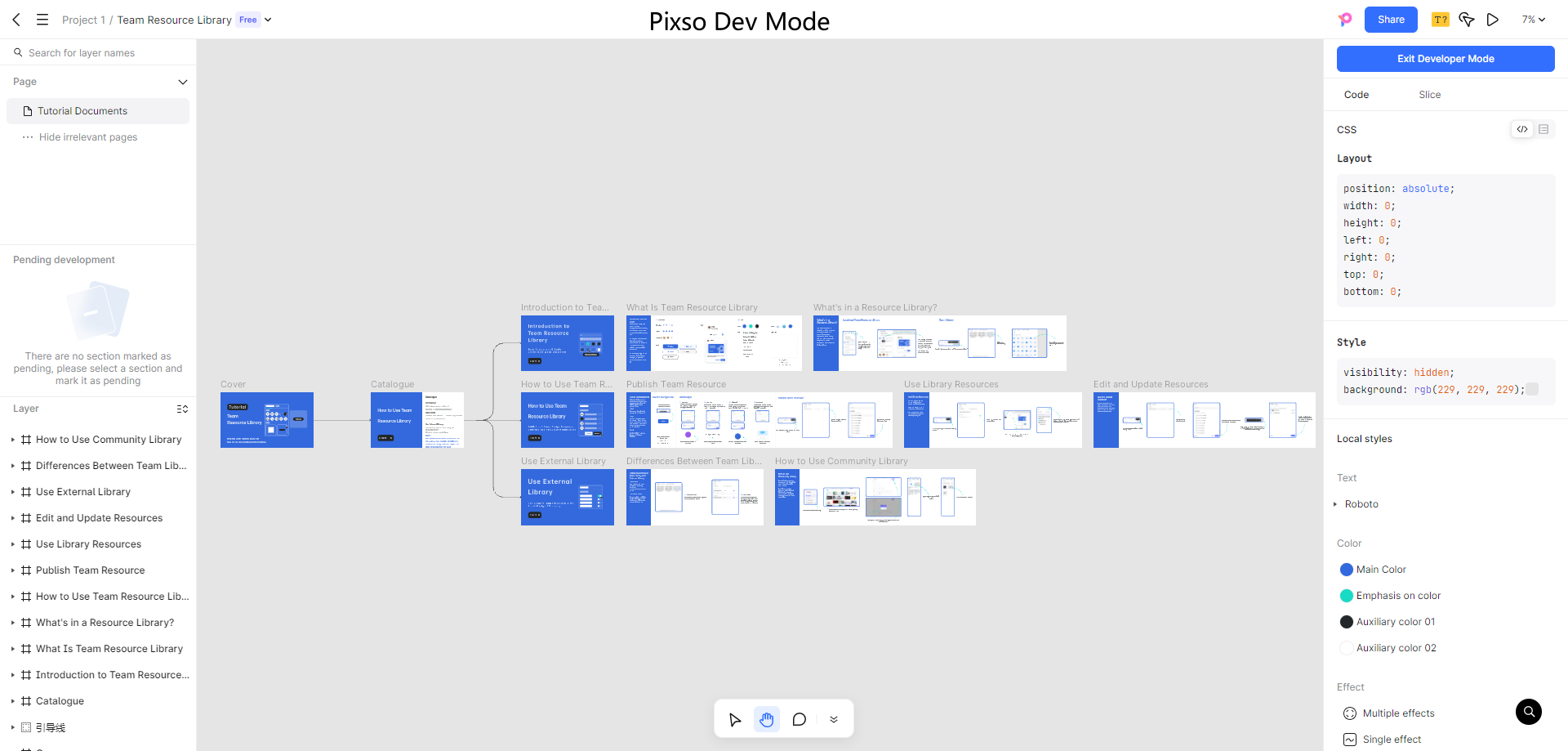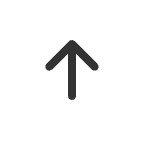The digital landscape is constantly evolving. The UX UI design career trend clearly mirrors the substantial shifts in how companies handle user experience and interface design. As enterprises give priority to user-centered designs, the demand for proficient professionals in this area keeps growing. This blog delves into the various roles within the UX UI design field, the emerging career trends, and how you can position yourself to succeed in this dynamic industry.
Top UX UI Design Career Trend
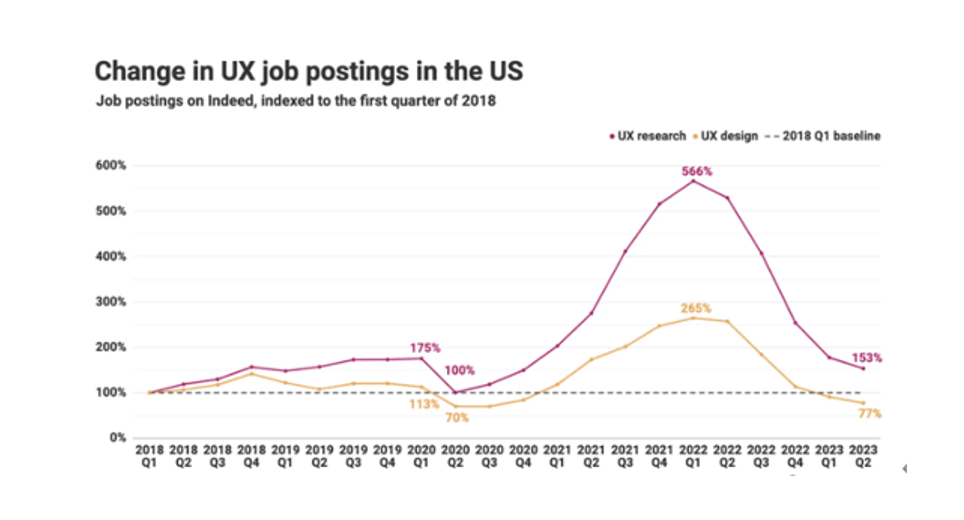
Source: Indeed
The following are some of the most promising career paths within the UX UI design career trend:
- UX/UI Manager
As companies keep growing their design teams, the role of a UX/UI manager has stepped into the spotlight as a truly vital leadership role. These managers are at the heart of design operations. They're the ones who meticulously watch over design projects, from the initial concept-building phase all the way to the final product launch. When managing teams, they act as the glue that holds everyone together, making sure every team member's unique skills and creative spark contribute to the overall goal. And it's their job to ensure that the design vision isn't just an abstract concept but is tightly aligned with the company's business aims, be it to attract more customers, boost brand value, or drive digital transformation.
To do all this well, UX/UI managers must have top - notch communication skills to convey ideas clearly and listen to their team effectively. Strong leadership capabilities are essential too, as they need to inspire their team, make tough calls, and navigate through any challenges. Above all, a profound understanding of both UX and UI principles is the bedrock of their success, enabling them to create designs that not only look great but also serve the business's bottom line.
- Individual Contributor
For design enthusiasts who relish the thrill of direct, hands-on design work, the role of an individual contributor stands as an appealing career path. These designers are actively engaged in specific projects, collaborating closely with product teams. Their work is integral to the creation of innovative designs that can set products apart in the market. What makes this role even more enticing is the opportunity for specialization. They can choose to concentrate on either UX, where they focus on crafting seamless user experiences, or UI, where they're dedicated to creating visually appealing and intuitive interfaces. This allows them to continuously refine their skills, gradually becoming highly proficient and recognized as experts in their chosen field, be it the user-centered world of UX or the visually-driven realm of UI.
- Freelancer
In the contemporary work paradigm shaped by the gig economy, freelancing has emerged as a highly viable and appealing career route for numerous designers. Freelancers enjoy remarkable flexibility, having the power to cherry-pick projects that align with their interests and skills, as well as the clients they collaborate with. It's quite common for them to handle multiple projects concurrently for different businesses, which not only enriches their work experience but also exposes them to diverse creative challenges. This career trajectory holds great allure for those desiring a diverse workload, as they can engage in various design tasks, from web design for a global enterprise to packaging design for a local artisanal brand.
The added advantage of remote work allows them to break free from the traditional office-bound constraints and work from virtually anywhere, be it a home studio or a shared workspace in a bustling city. However, thriving in the freelance design market isn't without its demands. Building a top-notch portfolio that showcases one's best work, skills, and design sensibilities is crucial as it serves as the primary means to attract clients. Simultaneously, effective networking is essential. Connecting with other designers, potential clients, and industry insiders not only helps in discovering new projects but also in staying updated with the latest design trends and technologies, thereby establishing a solid reputation within the competitive design community.
- UX/UI Consultant
In the dynamic digital product space, UX/UI consultants are crucial for organizations seeking to boost their products. As experts in user experience and interface design, they work project-by-project. First, they conduct thorough audits, examining every product detail, from interface layout to user interactions, to spot areas for improvement.
Next, they carry out comprehensive user research. Using surveys, interviews, and field observations, they aim to deeply understand users' behaviors, expectations, and pain points. Based on these insights, they provide strategic recommendations. These aren't just simple suggestions but holistic strategies that can reshape a product's usability, functionality, and overall allure. With the growing recognition of user-centered design, UX/UI consulting has become a sought-after and profitable option within the UX UI design career trend. It combines technical know-how, creative thinking, and business strategy, bringing great value to both consultants and the organizations they serve.
- UX/UI Specialist
Within the broader UX/UI roles, several specialized positions are gaining traction:
- UX/UI Writer: These writers focus on creating compelling and user-friendly content for interfaces. They ensure that the language used in designs resonates with users, enhancing the overall experience.
- UX/UI Researcher: UX/UI researchers gather insights through user testing, surveys, and analytics. They play a crucial role in understanding user needs or behaviors and informing design decisions.
- UX/UI Engineer: Combining design and development skills, UX/UI engineers bridge the gap between design and implementation. They ensure that designs are feasible and can be effectively integrated into products.
What Does a UX Designer Position Do?
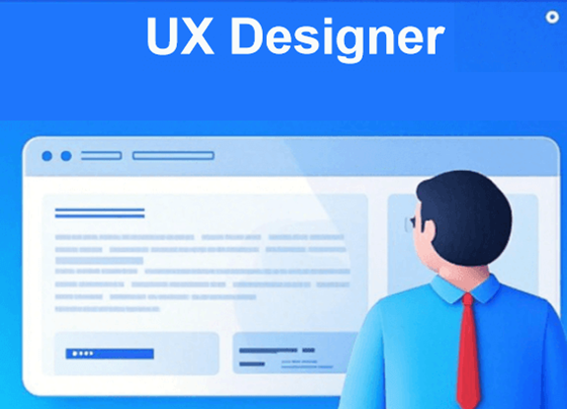
When it comes to the digital products or services we use daily, ever wondered who's behind that seamless, intuitive experience? That's where a UX designer steps in. They're the ones deeply engrossed in the overall journey a user undertakes while interacting with a product or service.
What exactly does their job entail? Well, first off, they roll up their sleeves and dive into user research. This isn't just a cursory look; it's an in-depth exploration of what users want, need, and expect. From there, they craft user personas, which are like fictionalized yet highly accurate representations of different user types.
Then, they get creative with developing wireframes and prototypes. Think of wireframes as the basic blueprints of a product's layout, and prototypes as early, test-able versions. And of course, no design process is complete without usability testing. They rigorously test the product to spot any glitches or areas of confusion for users.
The ultimate aim? To ensure the design is a perfect fit for users. It should be so intuitive that users can navigate it without a second thought, and enjoyable enough to keep them coming back.
In the ever-evolving landscape of the UX UI design career trend, UX designers aren't working in isolation anymore. They're teaming up more and more with cross-functional teams. By joining forces with folks from different disciplines, they're able to create products that are not only user-friendly but also cohesive, with every element working in harmony.
What Does a UI Designer Position Do?
While UX designers focus on the overall user journey, UI designers are like the artists of the digital world. They're all about the look and feel of a product. You know those sleek, eye-catching interfaces that make you want to click around? That's their handiwork.
The job of a UI designer is centered around creating visual magic. They're responsible for dreaming up and designing all the visual elements of an interface. Picture those colorful, well-designed buttons that are a breeze to click, the iconic icons that instantly convey their function, the carefully chosen typography that's easy on the eyes, and the harmonious color schemes that set the mood.
UI and UX designers are like two sides of the same coin. UI designers collaborate closely with UX designers. It's not just about making things pretty; they have to ensure that the interface functions like a charm. Every visual element must be in sync with the overall user experience strategy, making sure that it's both beautiful and practical.
As the UX UI design career trend keeps evolving, UI designers are no longer just about aesthetics. They're also expected to have a rock-solid understanding of user experience principles. This means they need to think about how users will interact with their designs, not just how those designs will look. Designers can use tools like Pixso, which offers a collaborative design platform and a wealth of community resources, to make their design process more efficient and keep up with the latest trends.
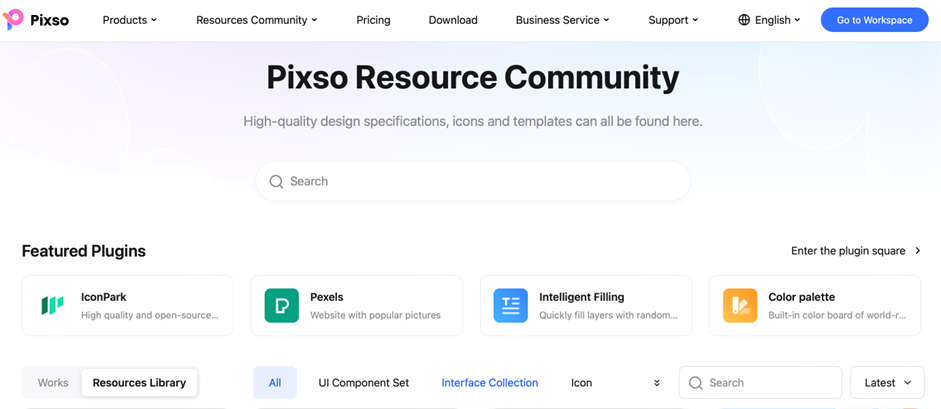
Get a UI UX Designer Position with Pixso
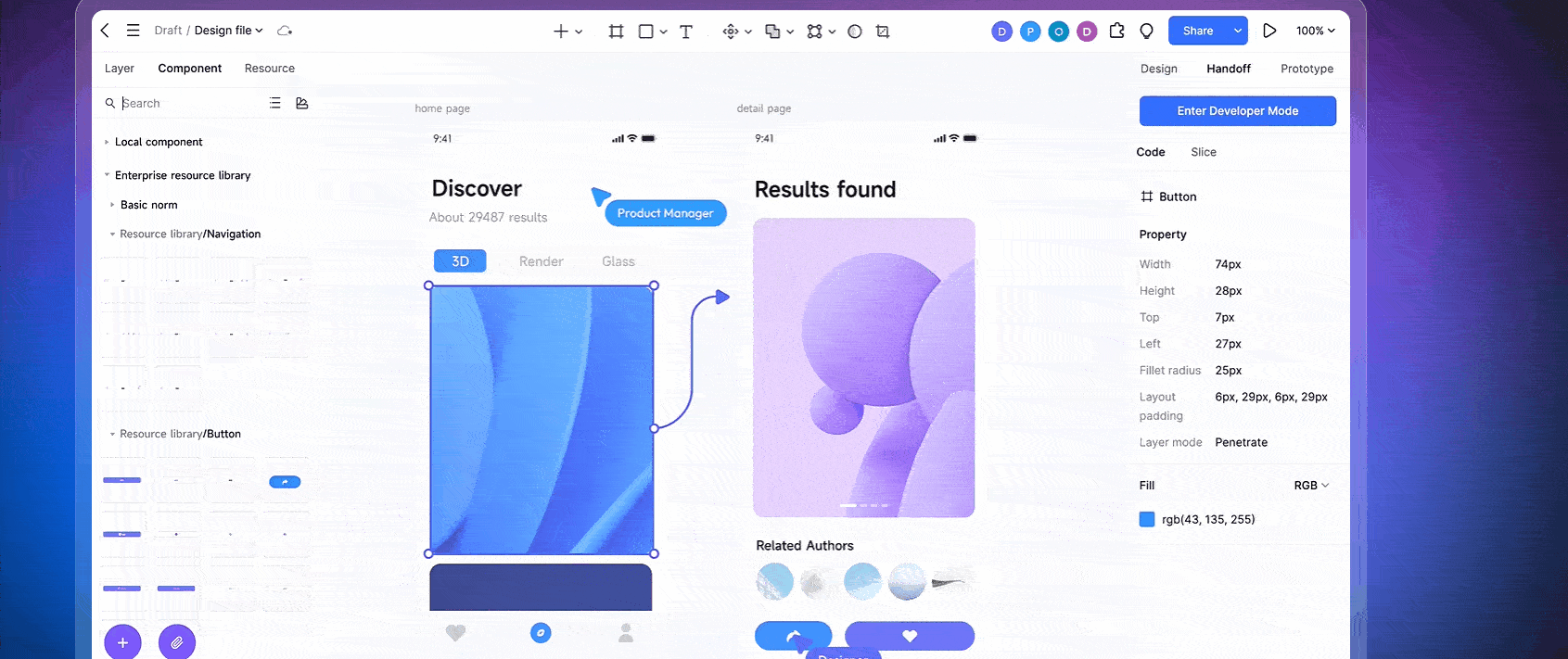
In the ever-expanding realm of the UX UI design career trend, gearing yourself up with the proper tools and resources is a must-have. Enter Pixso, a trailblazing platform that's a real game-changer for budding designers. It serves up a full-fledged design ecosystem, offering everything one could ask for to thrive in this field.
Pixso comes packed with features that are nothing short of amazing. It streamlines the often-complex processes of collaboration, making it a breeze for team members to work together. Prototyping becomes much more efficient, and user testing is simplified as well. All these perks make Pixso a top-notch pick for those aiming to level up their skills and become more sought-after in the UI UX designer job market.
Once you start using Pixso, the possibilities are endless. You'll be able to whip up jaw-dropping designs that truly stand out. Collaborating with teams will be a seamless experience, and you can build an impressive portfolio that effectively showcases your talent. As you ride the wave of the UX UI design career trend, tools like Pixso can be your secret weapon. They can give you that extra edge over the competition and bring you one step closer to snagging your dream UI UX designer position.
Final Thoughts
The UX UI design career trend is like a vast, fertile field brimming with opportunities for folks champing at the bit to leave their mark in the industry. Picture this: whether you're daydreaming about climbing the ladder to become a UX/UI manager, prefer to shine as an individual contributor, or are set on the path of a freelancer, getting a firm grasp on the diverse roles and trends is your compass for charting your career journey.
Think of the tools at your disposal as trusty sidekicks, and Pixso is one of the best in the game. It's not just a tool; it's a springboard to leapfrog your way to success. So, don't hold back! Dive right in, embrace these tools, and gear yourself up to thrive in this thrilling, constantly-evolving field. With the right mindset and the right tools like Pixso, you'll be well-on your way to achieving your career aspirations in UX UI design. Your journey in UX/UI design starts now!
